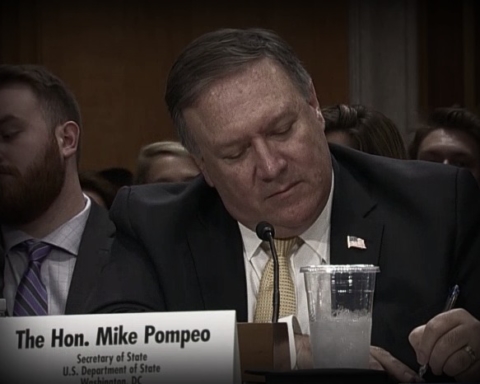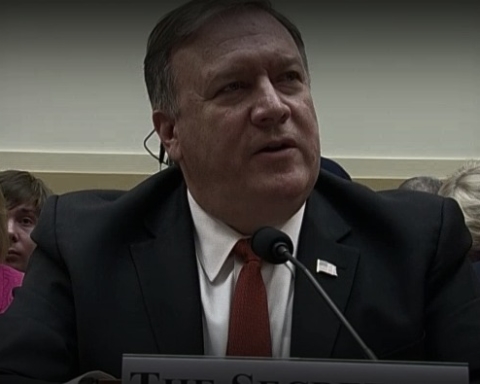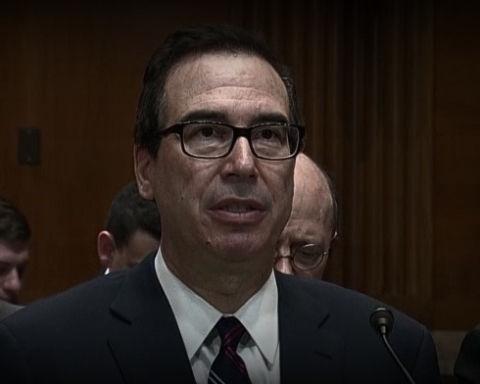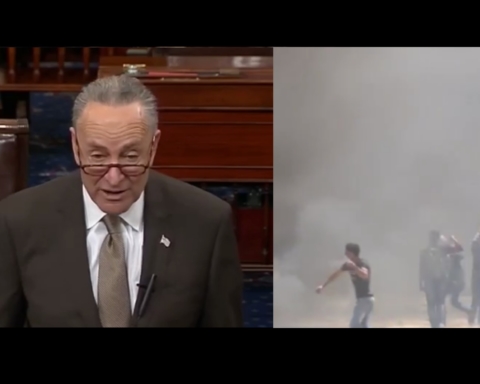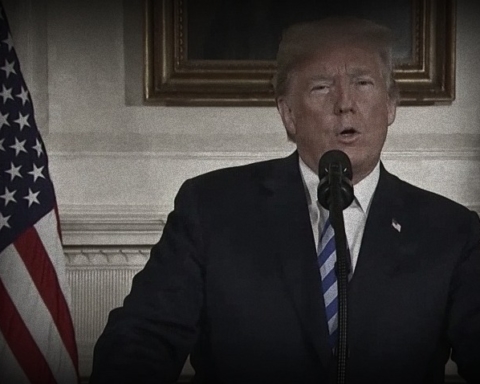According to an oversight report released Thursday, agencies tasked with empowering Afghan women are keeping woefully inadequate books.
As a result, the Special Inspector General for Afghanistan Reconstruction (SIGAR) said it’s “unclear how US efforts contributed to gains that have been made, and whether reported gains are sustainable over the long-term.”
The Pentagon, the state department, and its development wing, USAID, have spent enormous amounts to support Afghan women and girls since the US invasion and occupation in late 2001. Between 2011 and 2013, USAID alone reported spending nearly $850 million on 15 projects designed to fund women’s health services and gender equality grants.
But as SIGAR found, the agency “did not identify the amount of funding or the percentage of those programs that specifically focused on women.”
Similar problems plagued USAID’s partners. Much of the funding from the Pentagon for women’s issues , the report found, was funneled through the Afghanistan Security Forces Fund to the ministries of defense and the interior in Kabul. But the Defense Department can’t identify how much of that money eventually makes its way to directly helping women. Nor could two programs run out of the State Department worth $1.2 million be verified.
In addition to problems tracking funding, the SIGAR found that the agencies have also “not assessed the overall impact of their efforts to support Afghan women.”
The triumvirate attempted to implement oversight by creating an Interagency Gender Working Group in 2012. It was founded to coordinate assistance, monitor projects, and to provide “regular assessments for embassy leadership on whether US agencies are sustaining efforts in support of women across Afghanistan.”
But a former co-chair of the group told SIGAR that reporting requirements to it were more of an “optimistic, aspiration statement.” In reality, the working group “does not compile the monitoring and evaluations reports from individual projects, programs, and initiatives into an overarching assessment because it does not have the capacity to do so,” the investigation stated.
SIGAR recommended developing “agency-wide mechanisms to track the number and funding—both obligated and disbursed—of projects, programs, and initiatives that, either wholly or in part, support Afghan women.” The inspector general also called for more inter-agency monitoring and assessment of programs.
In response to these findings, both the State Department and USAID disagreed with SIGAR, and claimed that “existing planning, budgeting, monitoring, and reporting mechanisms provide sufficient information for tracking the number and funding of projects, programs, and initiatives that, either wholly or in part, support Afghan women.”
SIGAR, again, reminded the agencies that that nearly $850 million in funding for Afghan women could not be identified as specifically going to help women.
“These reporting discrepancies suggest that existing mechanisms for tracking spending on women’s initiatives in Afghanistan are insufficient to show whether initiatives funded by State and USAID are responsible for improvements in the lives of Afghan women.”
According to numbers from USAID, primary school enrollment for girls increased from just under 40% percent in 2002 to nearly 80% percent in 2010. And the state department has touted data showing that more than a quarter of Afghan Parliament seats are held by women.
But not all trends suggest progress. The Afghanistan Independent Human Rights Commission found that the number of reported cases of violence against women increased by 25 percent in 2013. Earlier this year, then-president Hamid Karzai signed into law a bill that offers “legal shield to those accused of domestic violence who threaten relatives and intimidate them from testifying in courts,” according to Human Rights Watch.
A group named the Revolutionary Association of the Women of Afghanistan (RAWA) has also issued repeated calls for the withdrawal of US and NATO forces. In October, on the thirteenth anniversary of the start of the invasion, RAWA released a statement saying that the mission’s human rights goals are “false and deceptive” and that “the US leaned on fundamentalist misogynist terrorists and war criminals” in nation-building.
Read the full SIGAR report here.


